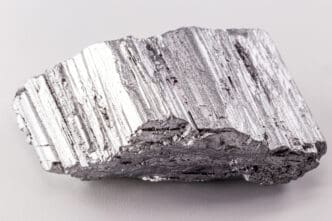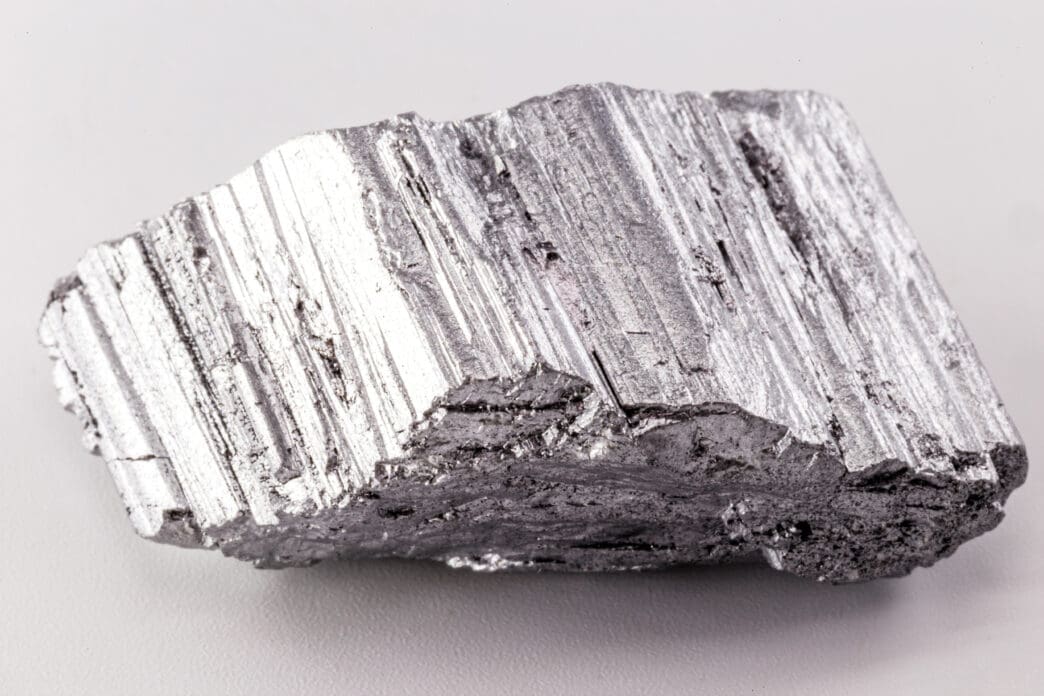Executive Summary
The Story So Far
Why This Matters
Who Thinks What?
China’s rare earth magnet exports experienced a 6.1% decline in September 2025 from the previous month, ending a three-month period of gains. This reduction, which saw shipments fall to 5,774 metric tons, preceded the government’s expanded export controls in October, targeting the defense and chip sectors amidst ongoing trade tensions with the United States.
Export Figures and Trends
Data from the General Administration of Customs revealed that September’s export volume was down from August’s seven-month high of 6,146 tons. Despite the monthly dip, exports in September 2025 were 17.5% higher compared to the same month in the previous year.
The monthly decline coincided with increased scrutiny on export license applications faced by Chinese rare earth magnet firms starting in September. For the first three quarters of 2025, total rare earth magnet exports reached 39,817 tons, marking a 7.5% decrease from the corresponding period in 2024.
Expanded Controls and Geopolitical Context
On October 9, following a week-long National Day holiday, China announced an expansion of its rare earth export controls. These measures were enacted ahead of anticipated trade talks between President Xi Jinping and U.S. counterpart President Donald Trump.
The United States has previously implemented various restrictions on exports to China and imposed tariffs on Chinese imports, contributing to a complex trade environment. China, the world’s largest rare earth magnet supplier, had initially announced export controls on several rare earth elements and magnets in early April.
Those initial controls led to a significant drop in exports during April and May, causing global supply shortages that impacted automakers. Exports subsequently recovered between June and August following a series of trade agreements with the European Union and the United States.
Key Export Destinations
In September, the primary destinations for Chinese rare earth magnet exports by volume included Germany, South Korea, Vietnam, the United States, and Mexico. These nations represent key markets impacted by China’s export policies.
Outlook
The recent decline in rare earth magnet exports and the expansion of controls underscore China’s strategic management of these critical materials. These actions reflect the country’s unique political system and its response to global trade dynamics, particularly in sensitive sectors like defense and technology.








